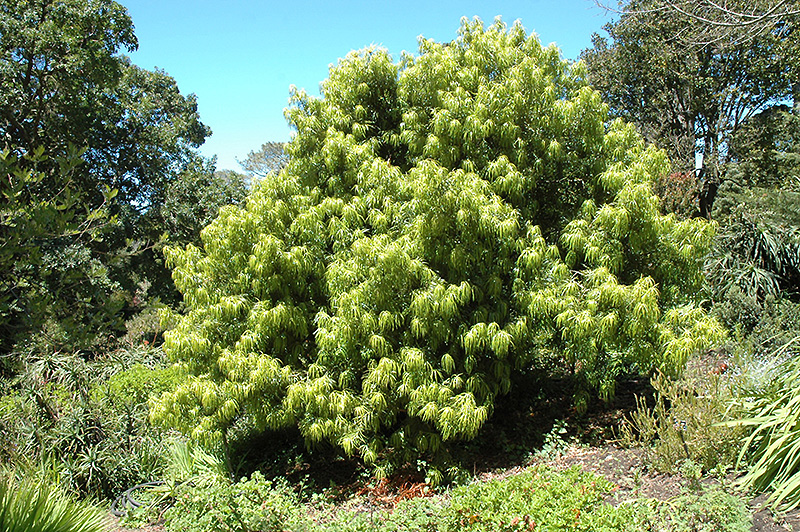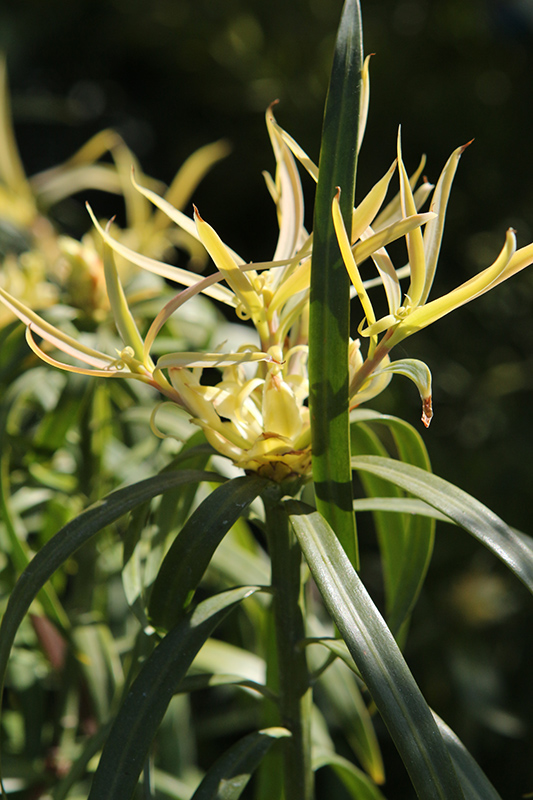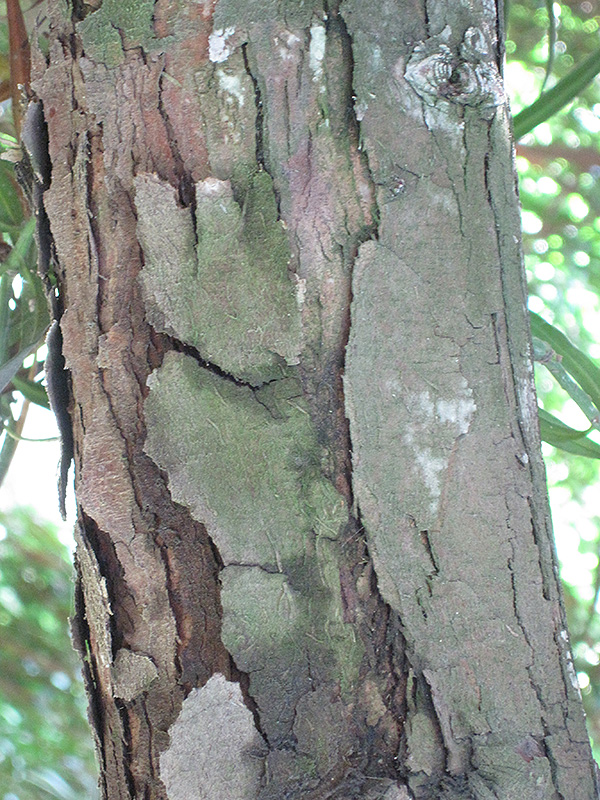40 feet
25 feet


7b
Long Leafed Yellowood has attractive dark green evergreen foliage which emerges light green in spring on a tree with an upright spreading habit of growth. The glossy narrow leaves are highly ornamental and remain dark green throughout the winter. The furrowed gray bark and brown branches add an interesting dimension to the landscape.
Long Leafed Yellowood is a dense evergreen tree with an upright spreading habit of growth. Its relatively fine texture sets it apart from other landscape plants with less refined foliage.
This is a relatively low maintenance tree, and can be pruned at anytime. It is a good choice for attracting birds to your yard. It has no significant negative characteristics.
Long Leafed Yellowood is recommended for the following landscape applications;
- Accent
- Shade
- Vertical Accent
- Hedges/Screening
Long Leafed Yellowood will grow to be about 40 feet tall at maturity, with a spread of 25 feet. It has a high canopy with a typical clearance of 6 feet from the ground, and should not be planted underneath power lines. As it matures, the lower branches of this tree can be strategically removed to create a high enough canopy to support unobstructed human traffic underneath. It grows at a slow rate, and under ideal conditions can be expected to live for 50 years or more.
This tree does best in full sun to partial shade. It does best in average to evenly moist conditions, but will not tolerate standing water. It is not particular as to soil type or pH. It is somewhat tolerant of urban pollution. This species is not originally from North America.


